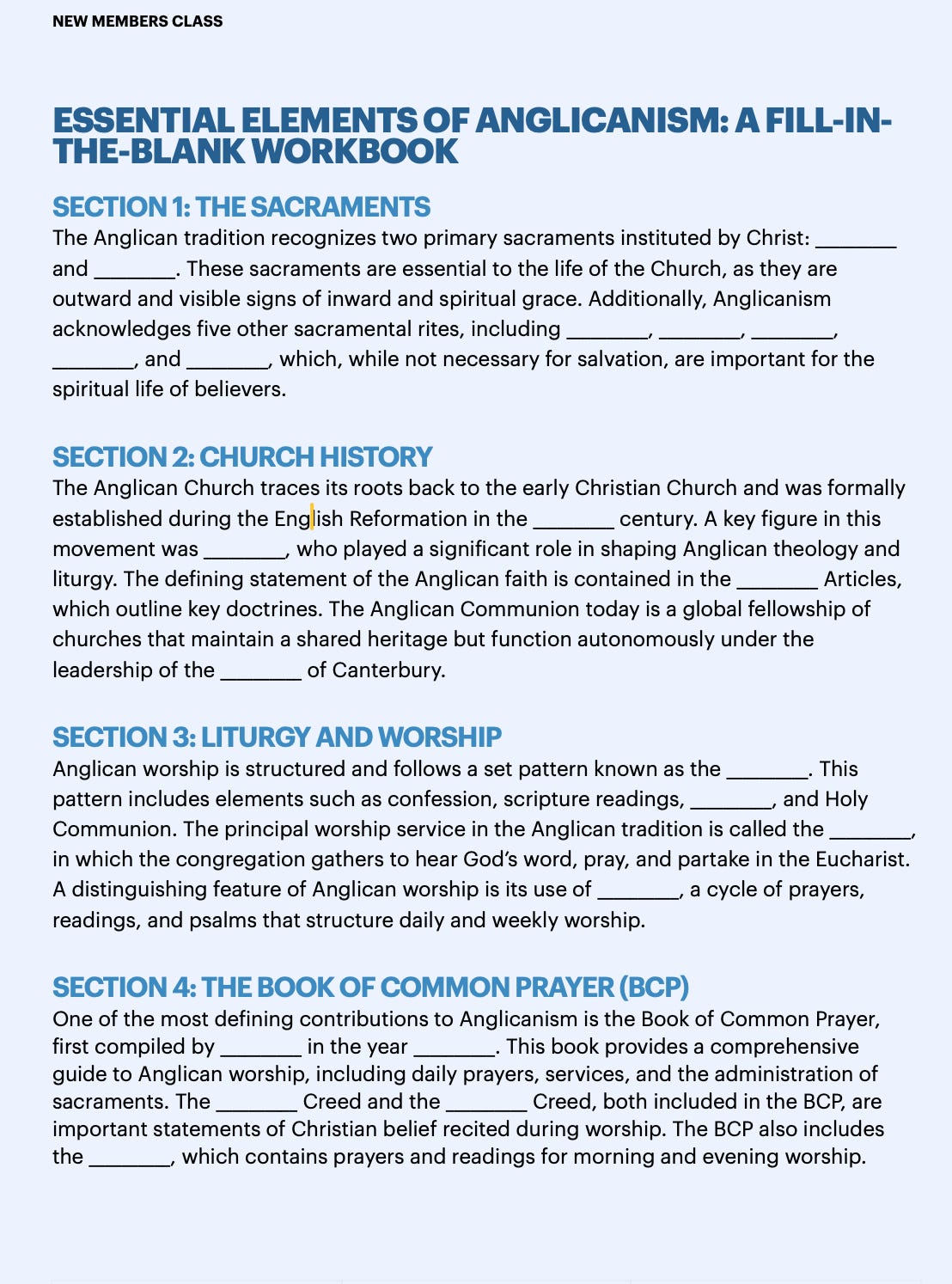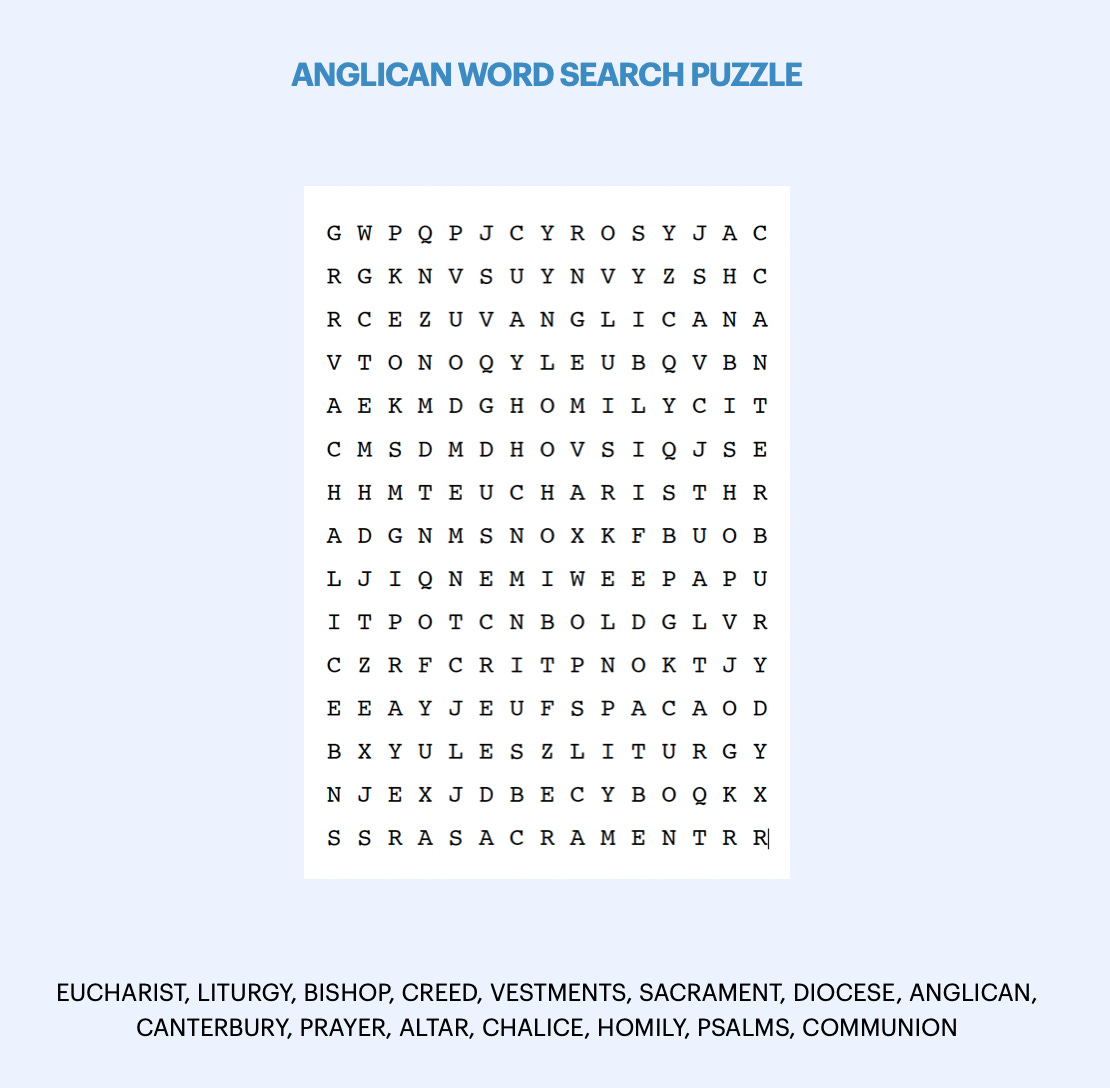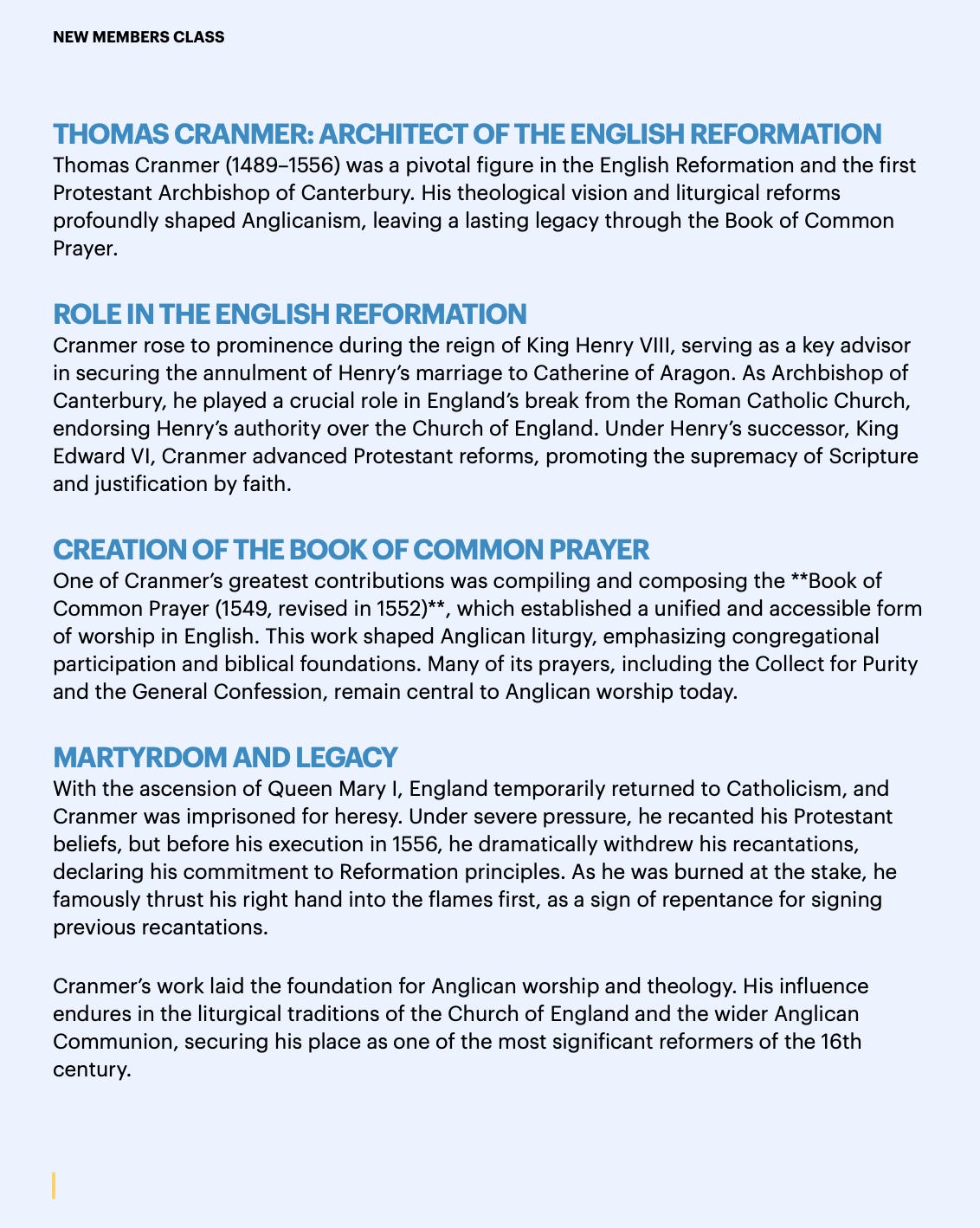Watch How Generative AI Can Do Day-to-Day Ministry Tasks
The Most Powerful Tools for Church Leaders Since the Printing Press
Rapid technological advancements present both challenges and opportunities for the Church. Among the most transformative innovations is Generative AI, a tool that can enhance various aspects of pastoral ministry. AI serves as an assistant, augmenting our efforts in communication, sermon preparation, marketing, and even faith formation for children.
But it also has dangers.
Understanding Generative AI
Generative AI is a type of artificial intelligence that creates new content rather than simply analyzing or retrieving existing data. Unlike traditional AI, which classifies data and provides predefined responses, Generative AI can generate new text, images, music, or even sermon outlines based on patterns it has learned from vast amounts of data.
How is Generative AI Different from Other AI?
Traditional AI, also called Predictive AI, primarily analyzes and classifies data. It is often used in applications such as chatbots that respond to frequently asked questions using a set of pre-written responses or spam filters that detect and block unwanted emails.
In contrast, Generative AI creates new content based on learned patterns. For example, it can generate a new sermon outline based on a biblical theme, design new flyers and brochures for a church event, or develop a new Bible study plan tailored to a specific topic.
Text-based Generative AI, such as ChatGPT, learns language patterns and generates articles, prayers, sermon outlines, or study guides based on a pastor’s needs. Image-based AI, like DALL·E, can design church flyers, artwork, or social media graphics.
What Does AI Would do to “The Parable of the Mustard Seed”
We all know the parable of the Mustard Seed. Here is what would happen if we put the parable into various types of AI.
ChatGPT is like Jesus telling the parable of the mustard seed—using words to describe a deep truth, engaging the listener’s imagination and understanding. It is text based.
DALL·E is like a painter illustrating the mustard seed, visually representing what Jesus described. It is image-based, as are many other forms like it.
A music-generating AI would be like a hymn or song about the mustard seed, capturing its essence through melody. It is music/notation-based.
A video-generating AI would be like a film reenactment of Jesus telling the parable, bringing motion and visual storytelling into the message. (It is video based)
Each type of Generative AI expresses the same concept but through different creative mediums—just as faith can be expressed in words, images, music, and actions.
Example: Teaching an Anglican New Members Class
Okay, let’s have some fun with AI, as much as one can call it fun! Let’s consider how an ordained leader could use Generative AI to prepare the essential elements of Anglicanism for a New Members Classon.
Let’s say the pastor wants to create the following resources:
A fill-in-the-blank workbook for adults
A word search puzzle for young children
A document outlining the biblical basis for the congregation’s mission
A handout on Thomas Cranmer’s contributions to the Reformation
A few pics of Cranmer
Here is what can happen. (Everything I compiled below took about 15 minutes to generate using ChatGPT. It could stand some good formatting and branding for the congregation, but the generation of the content was a few simple keystrokes.
Step-by-Step Use of Generative AI
1. Creating a Fill-in-the-Blank Workbook for Adults**
Use this AI Prompt:
“Generate a structured fill-in-the-blank workbook on the essential elements of Anglicanism, including sections on sacraments, church history, liturgy, and the Book of Common Prayer. Each section should have a short explanation and key terms left blank for students to fill in.”
To Generate something like this
2. Designing a Word Search Puzzle for Young Children
Use this AI Prompt
“Create a 15x15 word search puzzle with Anglican-themed words such as Eucharist, Liturgy, Bishop, Creed, Vestments, Sacrament, and Diocese. Include a word bank at the bottom.”
To create something like this:
3. Outlining the Biblical Basis for the Congregation’s Mission
Use this AI Prompt
“Write a one-page summary explaining the biblical foundation for our church’s mission: ‘To know Christ and make Him known.’ Include key scriptures such as Matthew 28:19-20, Philippians 3:10, and Romans 10:14-15.”
To create something like this:
5. Producing a Handout on Thomas Cranmer’s Contributions
Use this AI Prompt:
“Summarize the life and contributions of Thomas Cranmer, focusing on his role in the English Reformation, the creation of the Book of Common Prayer, and his martyrdom.”
To create something like this:
6. Drawing a Portrait of Thomas Cranmer speaking with Jesus
I am not enamored of the image-based tools and I have a long way to go. But I am using the native AI ability of the Substack platform to produce the following images in the gallery below.
Jesus Christ talking to Thomas Cranmer
A Wise Pastor Working on a Puzzle Book
A Contemporary Pastor Playing the Guitar in Worship
A Flyer about Samuel Isaac Joseph Schereschewsky, Bishop and Missionary, 1906
It is obvious that the image generation has a long way to go. And I don’t like the idea of all the religious leaders wearing beards!
We can see how limited it is!
And here is what happens if I ask for a bald pastor without a beard playing the guitar.
Oh well. 😭
Caveat Emptor: Ethical Considerations and Discernment
I am sure you get the idea. Machine learning is powerful and can be an enormous time-saver, but it also has real dangers.
It can be wrong. AI is brilliant and is getting smarter and smarter all the time. It is learning, but it is not getting wiser, that I can tell. The pastoral ministry of ordained leaders is safe and secure, but do not rely too heavily on this technology.
It cannot preach. Most of us have discovered this about AI. It has no emotion. The Gospel needs authentic preachers willing to do the hard work of study, interpretation, and application. Remember that preaching is truth delivered through personality," and AI has no personality.
It is not a Christian. This is obvious. The AI, if it has a name, is an amalgamation of everything it has read, marked, learned—but it cannot digest. It can only regurgitate what it has acquired.
It is a timesink. Pastoral ministry involves a lot of self-discipline. The time it takes to prepare a sermon can be anywherefrom 45 minutes to 4-5 hours, depending on how many rabbit trails are discovered. AI can save time, but it can also waste enormous amounts of time.
It can be crutch. Possibly AI’s greatest threat to ministry is how it might eat away a person’s creativity. Running content in and out of AI can take a beautifully written illustration or heart-felt anecdote and turn it into something you’d find in an Ikea assembly instructions.
Here is what it did with Jesus teaching from John 10:1-6
“Truly, truly, I say to you, he who does not enter the sheepfold by the door but climbs in by another way, that man is a thief and a robber. But he who enters by the door is the shepherd of the sheep. To him the gatekeeper opens. The sheep hear his voice, and he calls his own sheep by name and leads them out. When he has brought out all his own, he goes before them, and the sheep follow him, for they know his voice. A stranger they will not follow, but they will flee from him, for they do not know the voice of strangers.” This figure of speech Jesus used with them, but they did not understand what he was saying to them.
(John 10:1-6 ESV)
But what if AI Grammarly were truly ruthless and turned loose on the Lord’s text? Here’s what happens when you apply strict, mechanical grammar rules:
“The one who does not enter through the gate is a thief. The one who does enter is a shepherd. The gatekeeper allows entry. The sheep hear his voice. He calls them. They follow. A stranger arrives. They do not follow. They flee. They do not recognize his voice. Jesus used a metaphor. His audience did not understand.”
No poetic repetition. No redundancy. No extra words. No unnecessary emotional appeals. Just the facts. Brutal, efficient, and entirely void of character. (Although it does sound a bit like Hemingway).
So yes, Grammarly and AI tools are helpful, but they often strip away expressiveness, emphasis, and personality from writing. The nuances of language, the rhythm of phrasing, and even the intended dramatic effect can be softened or eliminated altogether. AI seeks perfection, but sometimes, it misses the soul of the text.
Conclusion: Embracing AI for Kingdom Wor
Generative AI is not a threat to the Church but a tool that can amplify our efforts in communication, outreach, education, and administration. By leveraging AI wisely, pastors can focus more on personal connections, discipleship, and spiritual leadership while allowing technology to assist in supporting the broader mission of the Church.
As with all tools, AI should be used prayerfully and ethically, ensuring that it serves the Gospel rather than distracts from it. In doing so, pastors can harness this technology for the greater glory of God and the advancement of His Kingdom.
"The Rev. David Roseberry, an ordained Anglican priest with over 40 years of pastoral experience, offers leadership services to pastors, churches, and Christian writers. He is an accomplished author whose books are available on Amazon. Rev. Roseberry is the Executive Director of LeaderWorks, where his work and resources can be found.














Hi David -- this is all fantastic... One quick tip: when you make a fill-in-the-blank sheet or puzzle sheet, you can also have it generate the separate answer key at the same time. For turn-key Sunday School teachers' resources, etc.